Seeking Universal Secrets
calorimeter cern’s large hadron collider compact muon solenoid particle detector energy collisions hardware higgs boson magnet nuclear research particle accelerator particle physics pharmaceutical industry pixel detector technology reducing radiation silicon the university of mississippi

After years of delays, waiting, setbacks and lawsuits about the possible destruction of the universe, the Large Hadron Collider at the European Organization for Nuclear Research, or CERN, went online this summer.
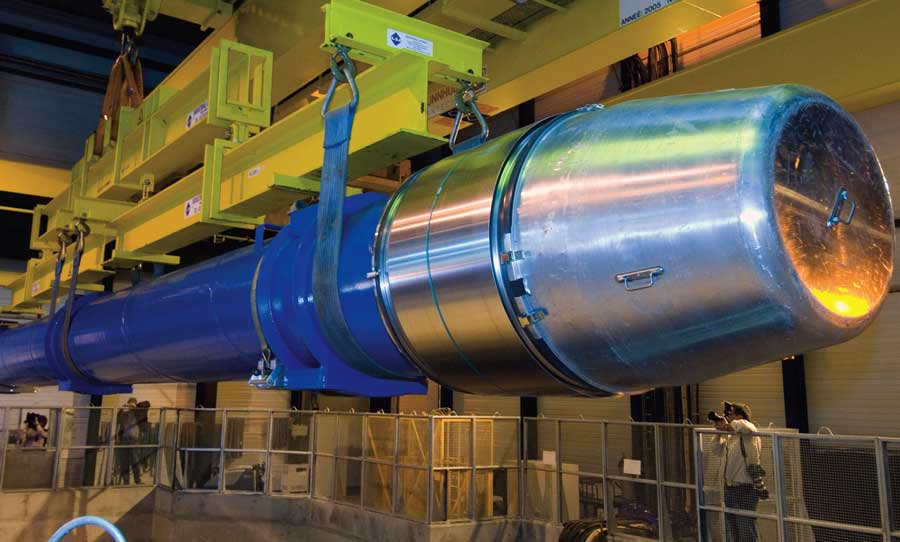
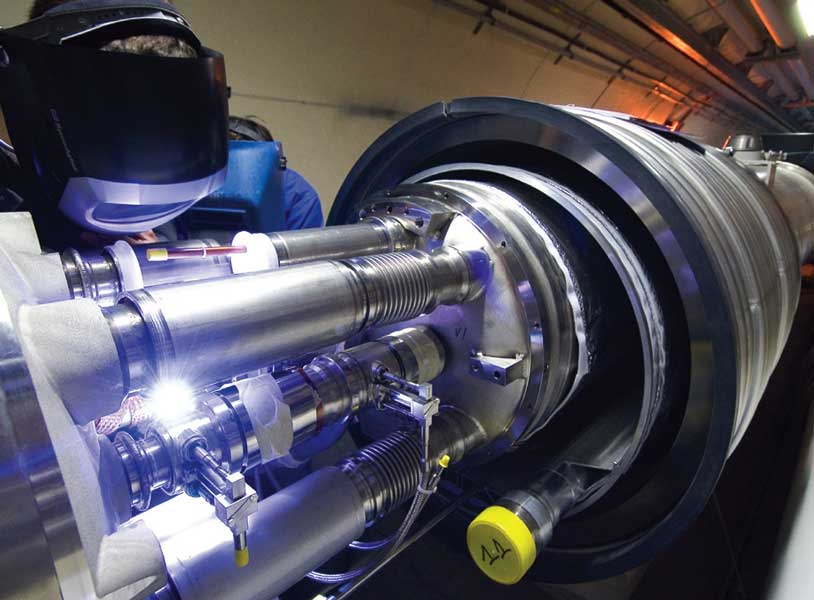
In January, seven Ole Miss physicists held their breath as the final piece of the Compact Muon Solenoid (CMS) particle detector was lowered into the Large Hadron Collider’s (LHC) experimental cavern 328 feet underground. The seven Ole Miss physicists—Drs. Lucien Cremaldi, Jim Reidy, Rob Kroeger, Don Summers, Breese Quinn, Romulus Godang and David Sanders—helped design and build hardware for the CMS Hadron Calorimeter, which sits within a large 40,000-gauss superconducting magnet. the group also helped design the CMS inner particle tracker.
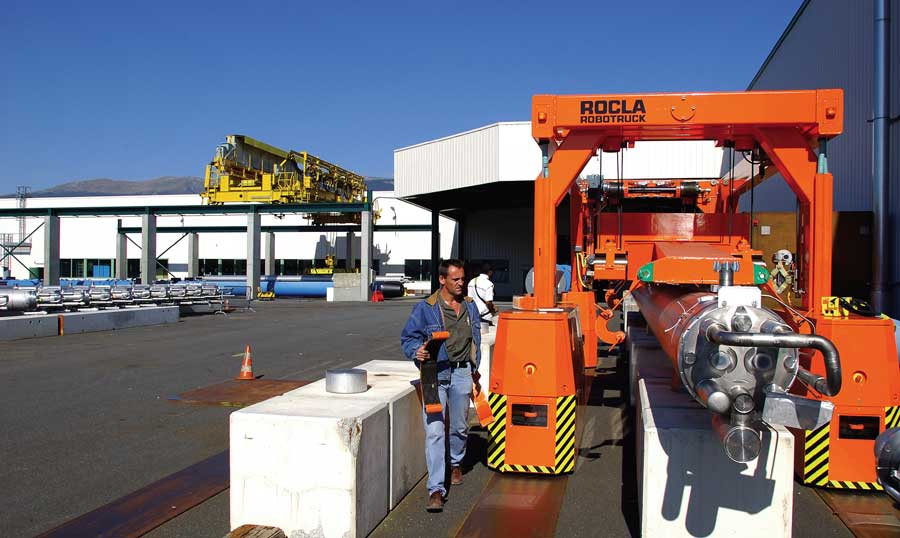
Since 1991, Ole Miss physicists have received grants from the Department of Energy to work on the CMS for the collider, a project some call the world’s largest scientific instrument.
So, what is a Compact Muon Solenoid particle detector? It contains fragile detectors to help identify and measure the energy of particles created in collisions within the large machine.
Still Lost? What’s The Point?
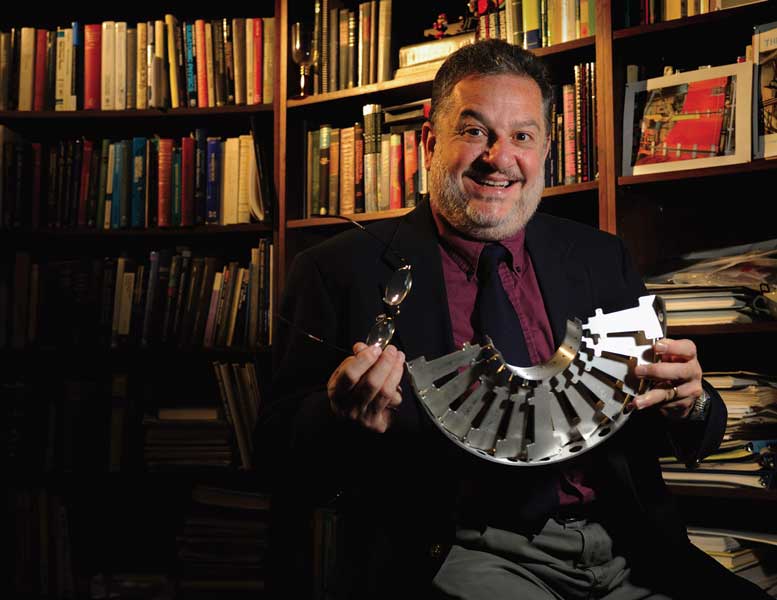
“As we move to the new experiments at CERN’s Large Hadron Collider, we have the possibility of discovering the particle or particles that gave rise to the mass of all particles in the universe,” cremaldi said. “This particle, the Higgs boson, has remained hidden ever since it was predicted to exist over 40 years ago by Peter Higgs and others. The Large Hadron Collider has the opportunity to discover the Higgs boson in a simple or more complex form.”
The science involved in building the collider is complex. Although Cremaldi and his Ole Miss colleagues are working at the forefront of the world’s greatest scientific experiment, very few everyday people know anything about the CERN Large Hadron Collider. It’s easier to get our attention with a new headache medicine or new electronics than highminded subjects like the origin of the universe.
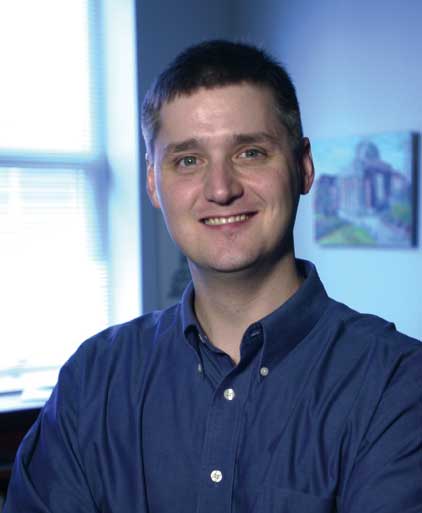
But the CERN experiment and others like it tend to have surprising practical research applications to everyday life. During the process of building cutting-edge esoteric technology, revolutionary techniques are discovered that can be used in other disciplines.
Cremaldi provided an example of one such application. “At the Large Hadron Collider, we were involved in designing a silicon pixel detector [related to CCD cameras] in which over a million pictures can be taken each second,” he said. “These superfast cameras are being used by the pharmaceutical industry to image new drugs at X-ray and synchrotron radiation facilities.
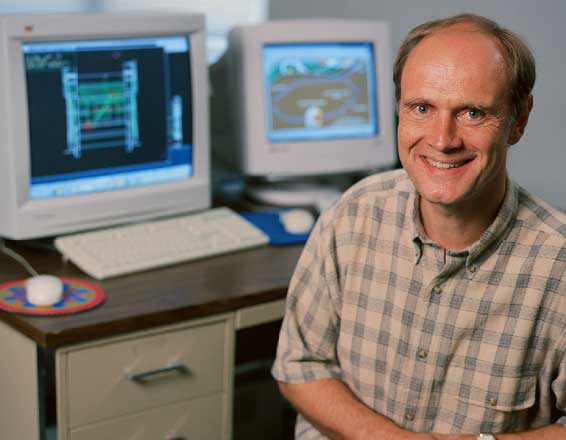
“These devices may also play a role in national security or in medicine. The high rate at which images can be attained could mean taking a patient’s X-ray would take a fraction of the time that is now needed, thereby significantly reducing radiation exposure,” he added.
The UM physics professors are among some 1,500 scientists from 155 institutes in 36 countries working to build CERN’s Large Hadron Collider. For Cremaldi, the Large Hadron Collider is the culmination of 20 years of work with Fermilab and CERN. Once the collisions start producing data, however, his work begins anew.
“The potential is enormous,” Cremaldi said. “We are beginning a new era of enlightenment in particle physics.”
